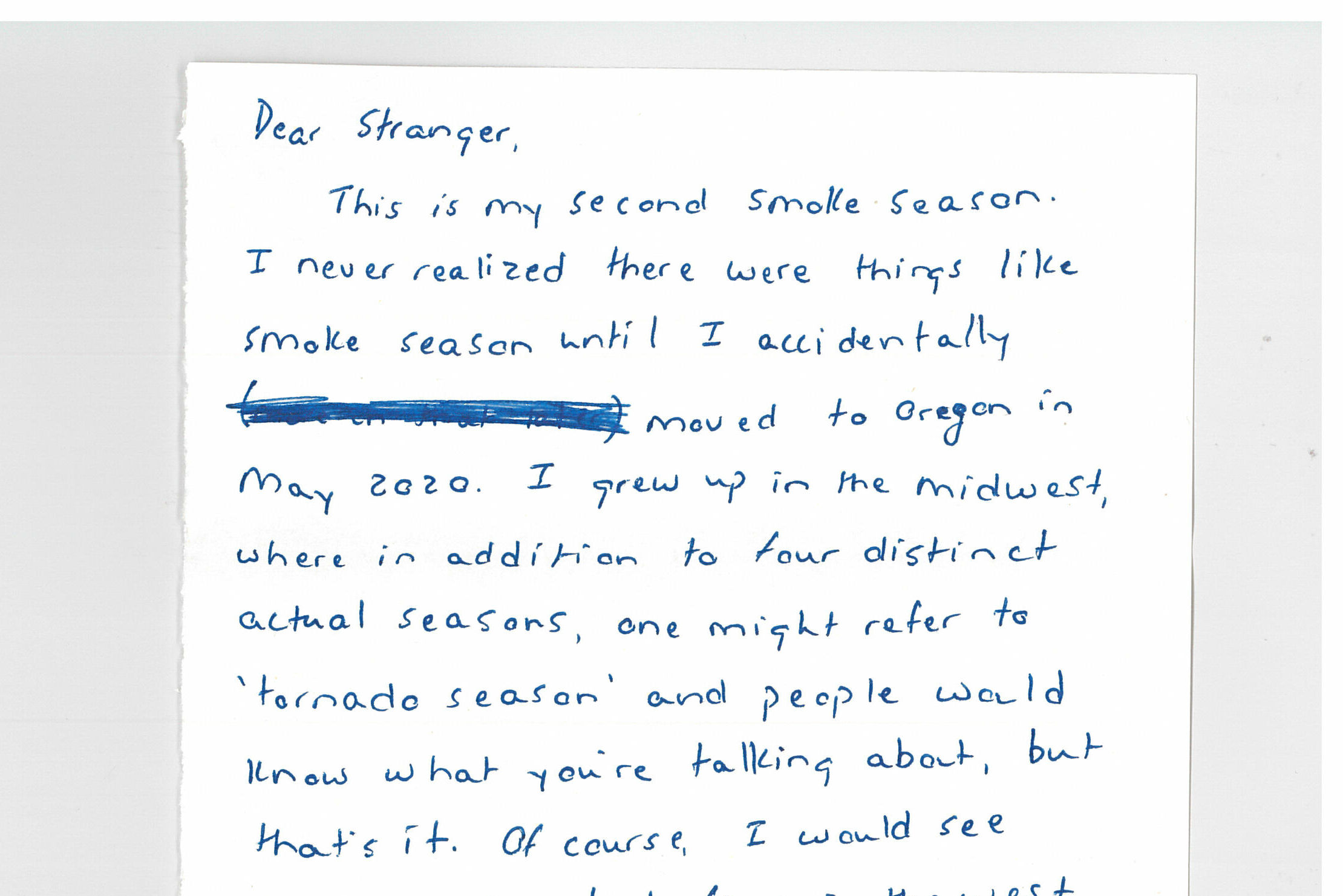Slide Show: Carrie Mae Weems
January 18, 2013
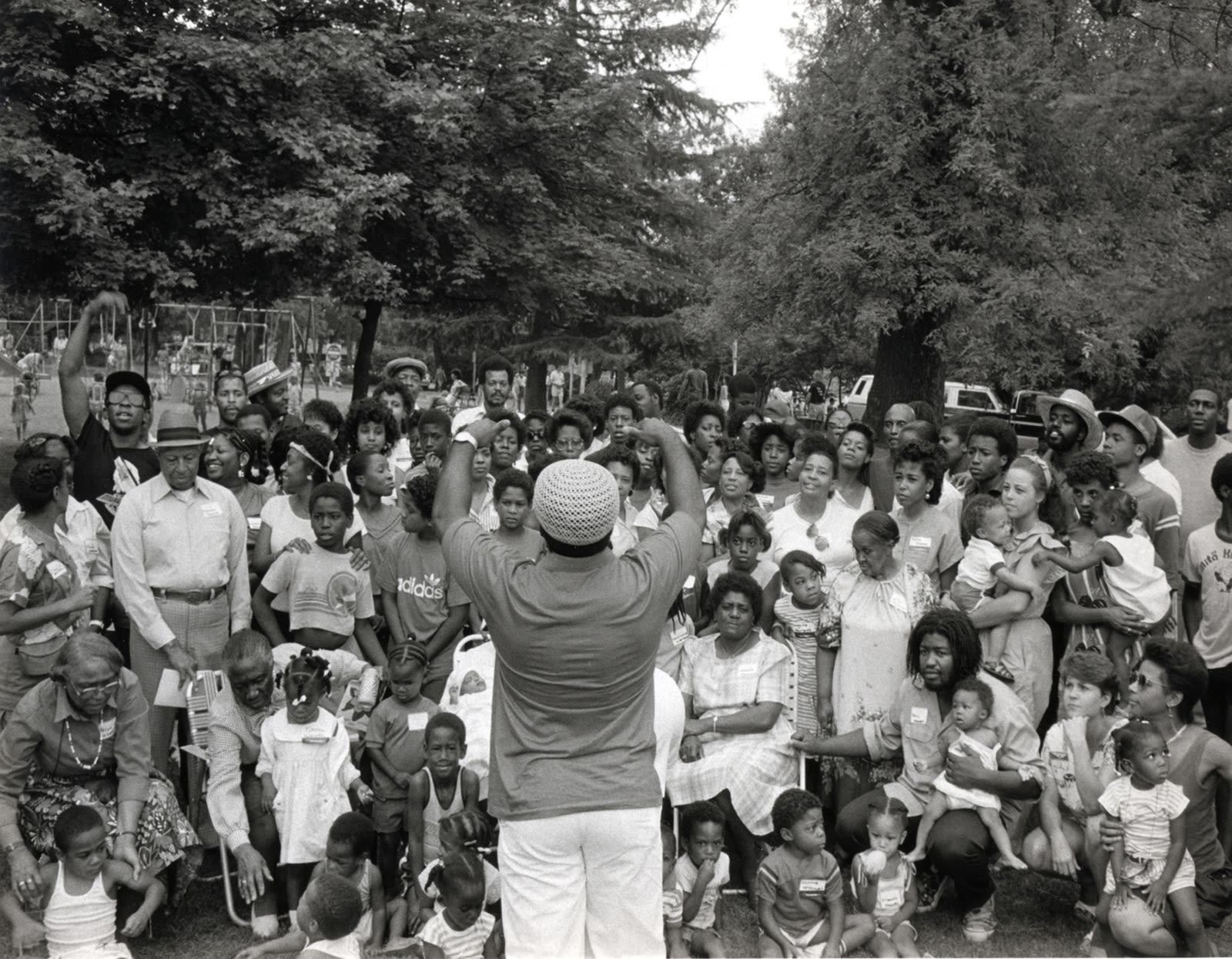
"Family Reunion" from "Family Pictures and Stories" (1978-84)
Outraged by the infamous 1965 Moynihan Report that blamed the deterioration of “negro society” on “weak families” and women heads of household, Weems returned to Portland as an MFA student in 1978 to create "Family Pictures and Stories," which combines p
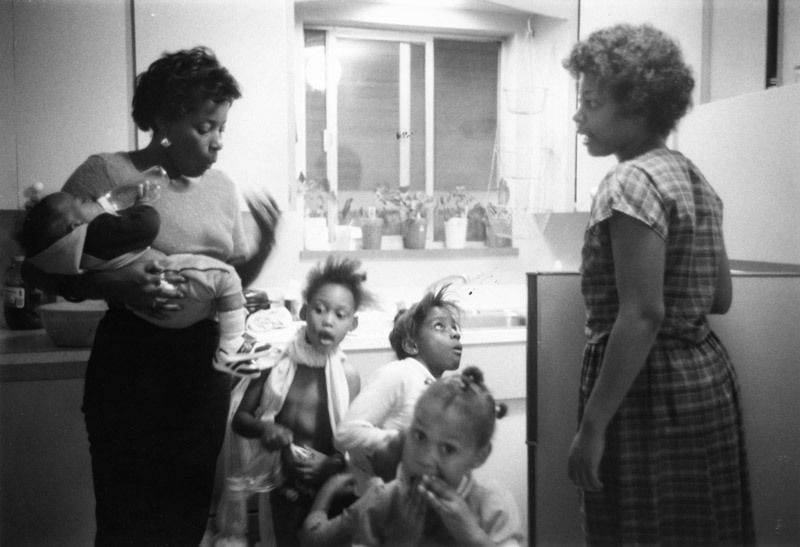
"Van and Vera with Kids in the Kitchen" from "Family Pictures and Stories" (1978-84)
The series portrays with intimate candor a large and robust but complicated family at play and work.
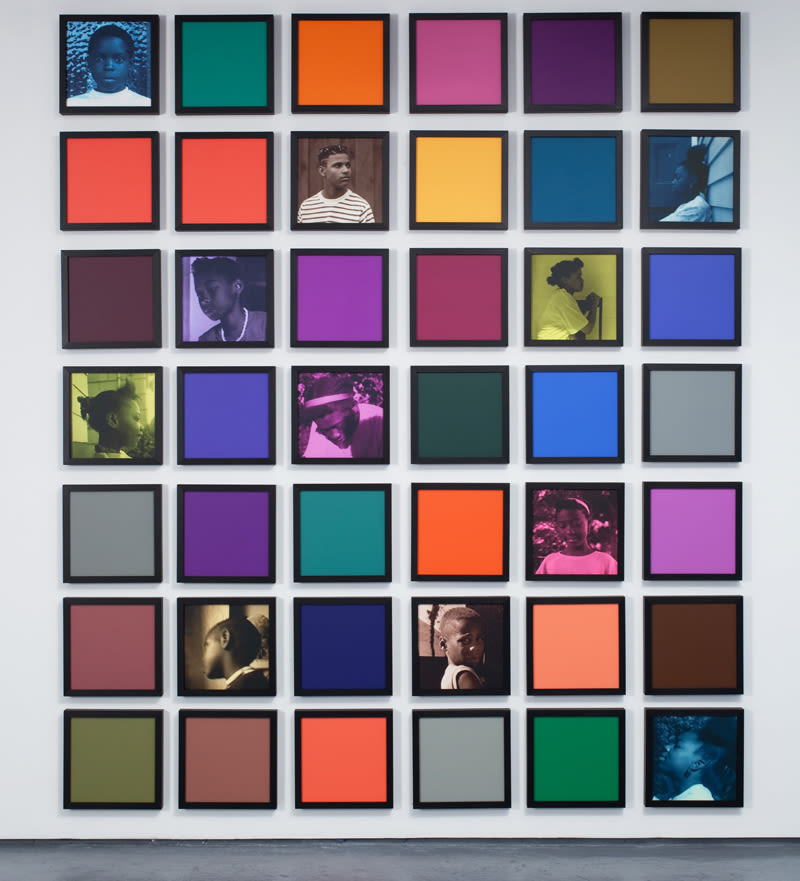
"Colored People" (1989-90)
Weems originally tinted a series of portraits of black girls and boys and gave the photos names like “Low Brown Boy” and “Violet Colored Girl” to both reveal the artificiality of the names and also the beauty of the underlying diversity. Almost 20 years

"The Kitchen Table Series" (1990)
For “The Kitchen Table Series,” Weems used herself as a subject to compose 20 photos in her sparsely furnished kitchen that she combined with 14 poetically written text panels to tell the narrative of one woman’s rites of passage. “She needed a man who d
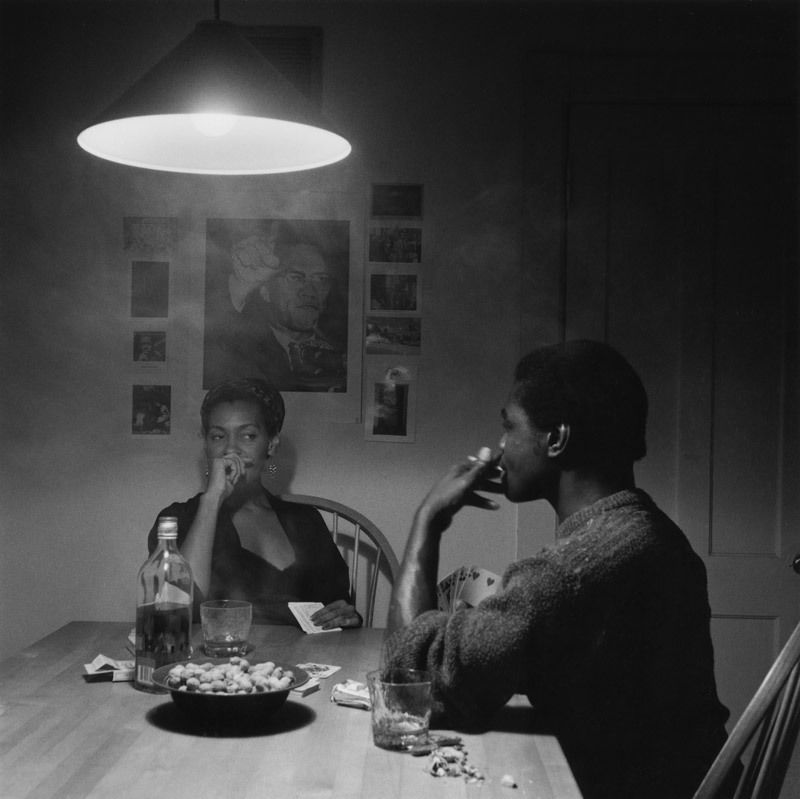
"The Kitchen Table Series" (1990)
The series, with its frank take on race and unabashed celebration of fiercely complex femininity, won Weems critical attention and has shown around the country.
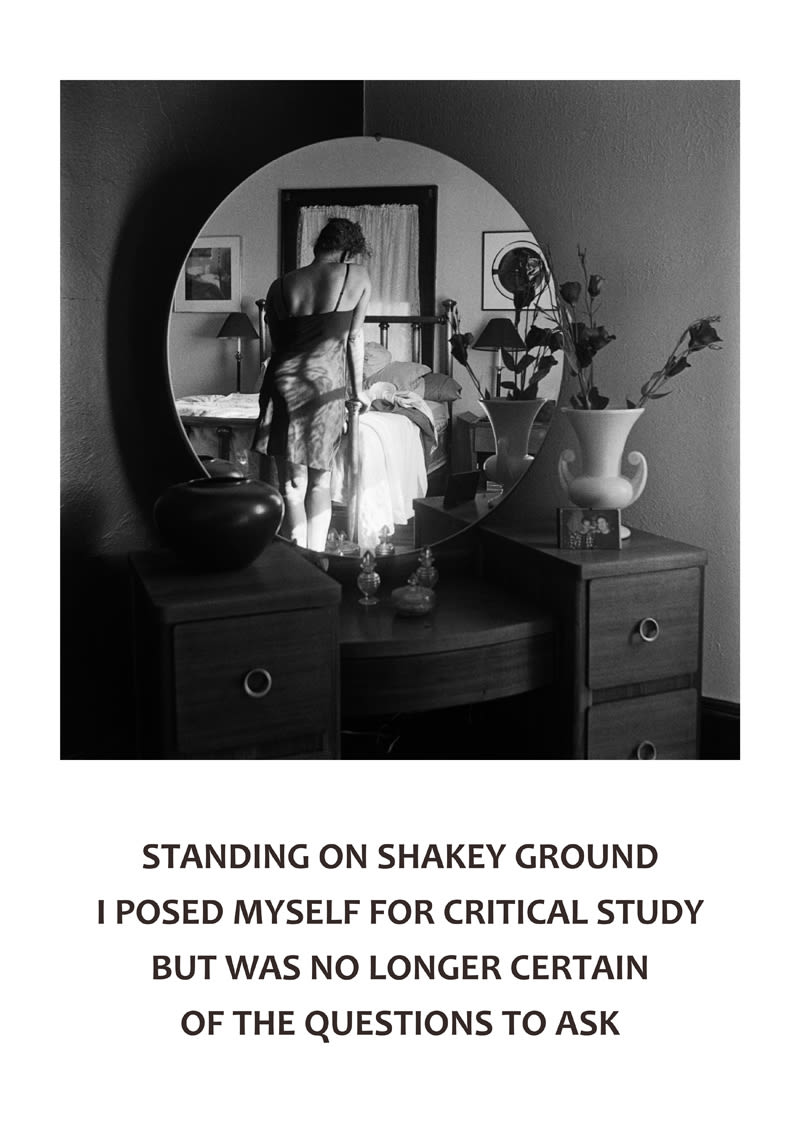
"Not Manet's Type" (1997)
Many of Weems’s works address the doubly invisible status accorded to female artists of color by the art establishment.
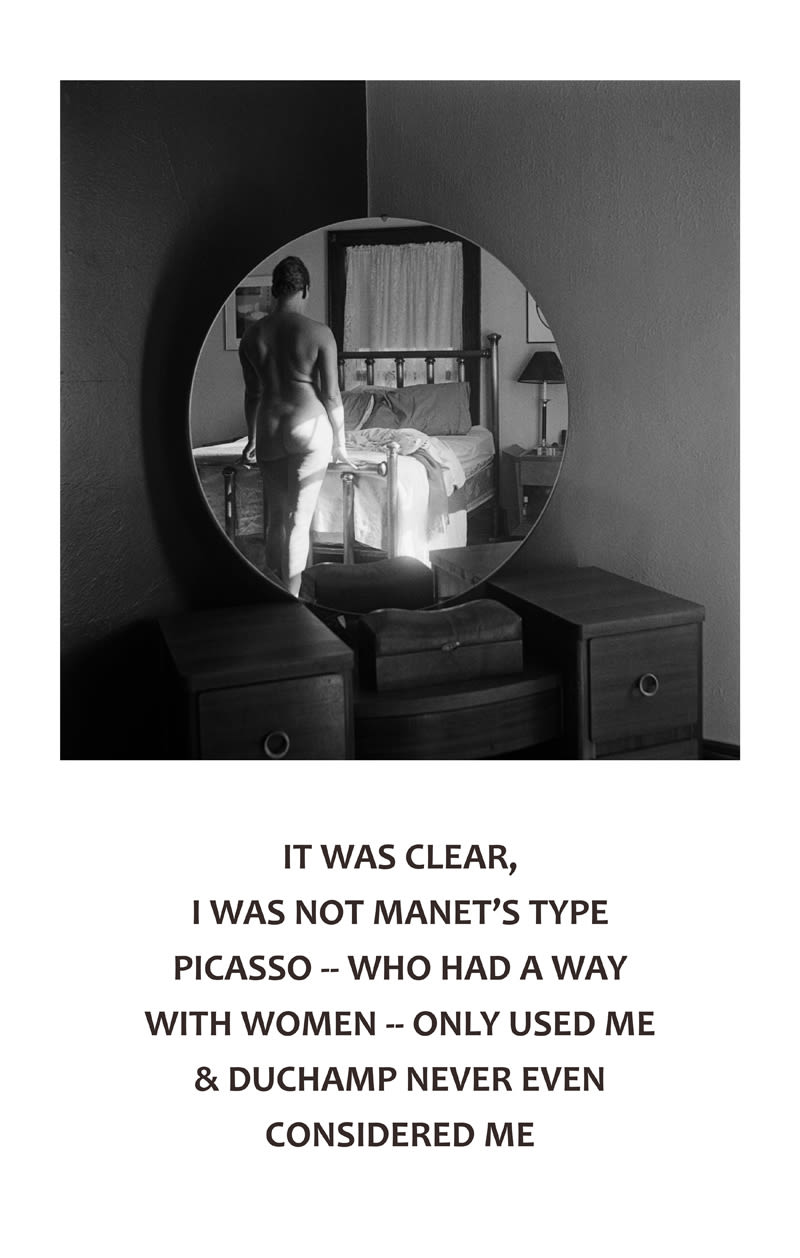
"Not Manet's Type" (1997)
In “Not Manet’s Type,” she applies her potent wit to her place as subject, muse, and creator through self-portraits in her bedroom with text.
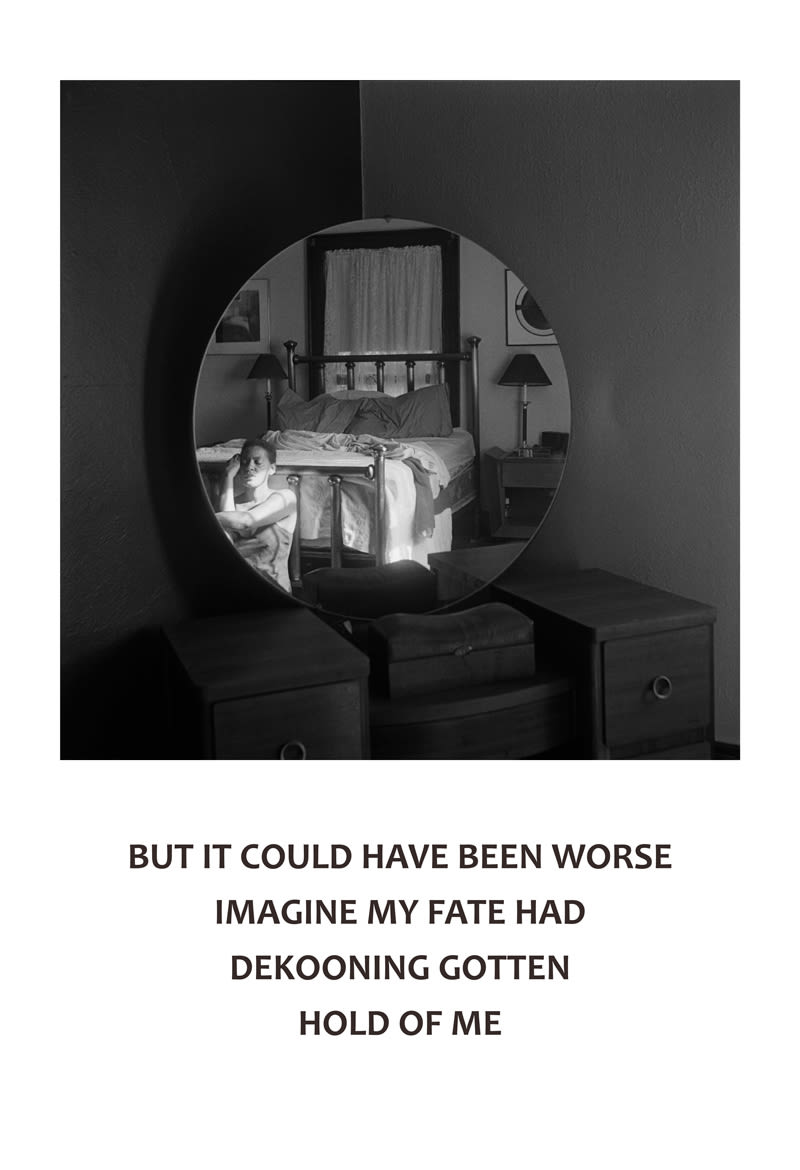
"Not Manet's Type" (1997)
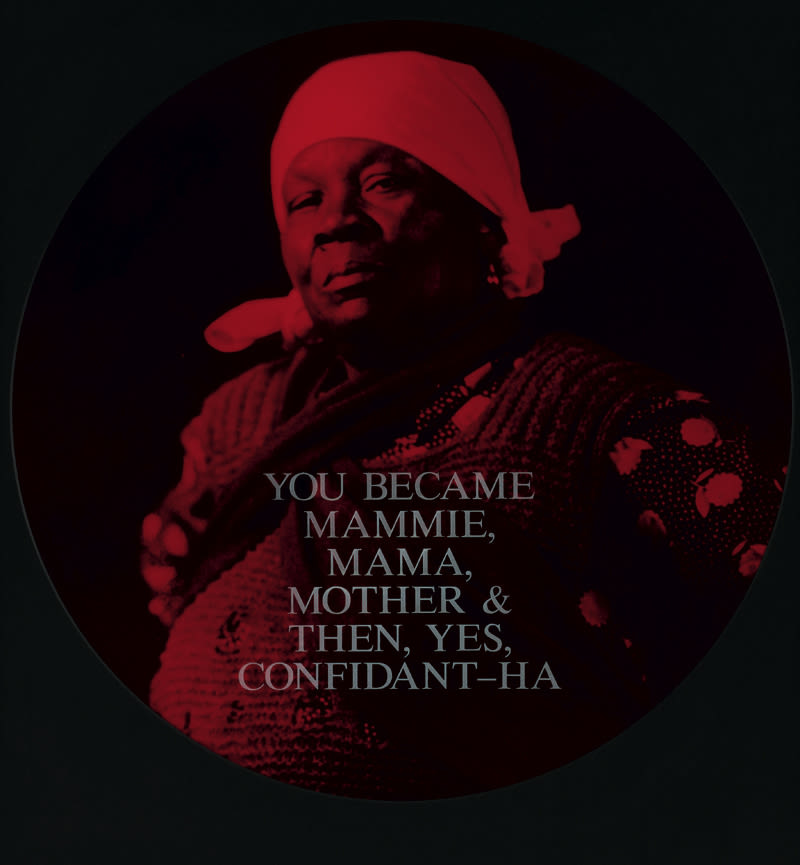
“From Here I Saw What Happened and I Cried” (1995-96)
In “From Here I Saw What Happened and I Cried”—arguably her most unflinching look at race—Weems gathered historic daguerreotypes of African Americans, many of them slaves, tinted them a deep blood red, and superimposed text telling their history at the h
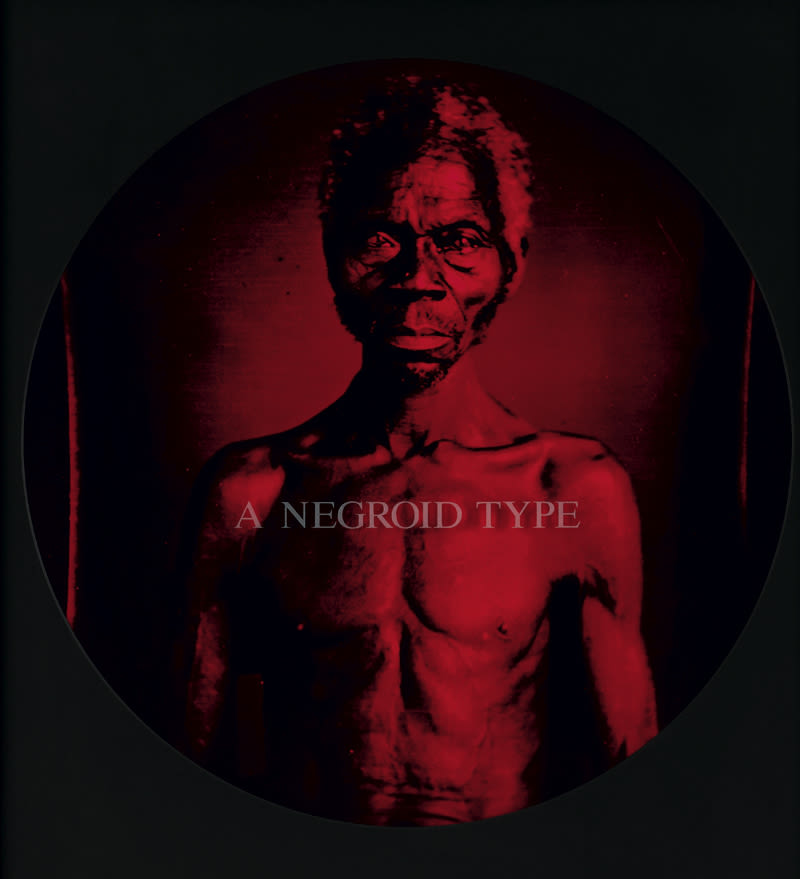
“From Here I Saw What Happened and I Cried” (1995-96)
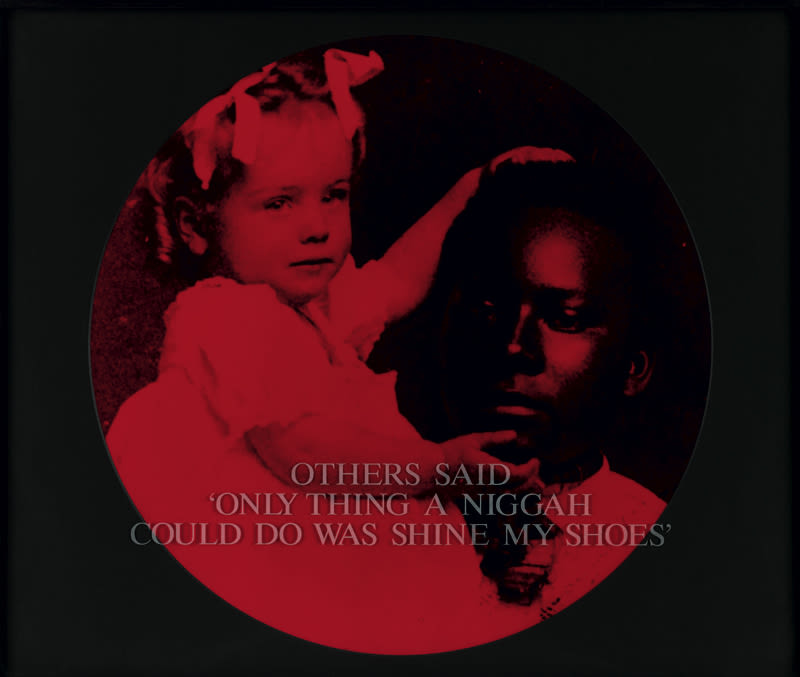
“From Here I Saw What Happened and I Cried” (1995-96)
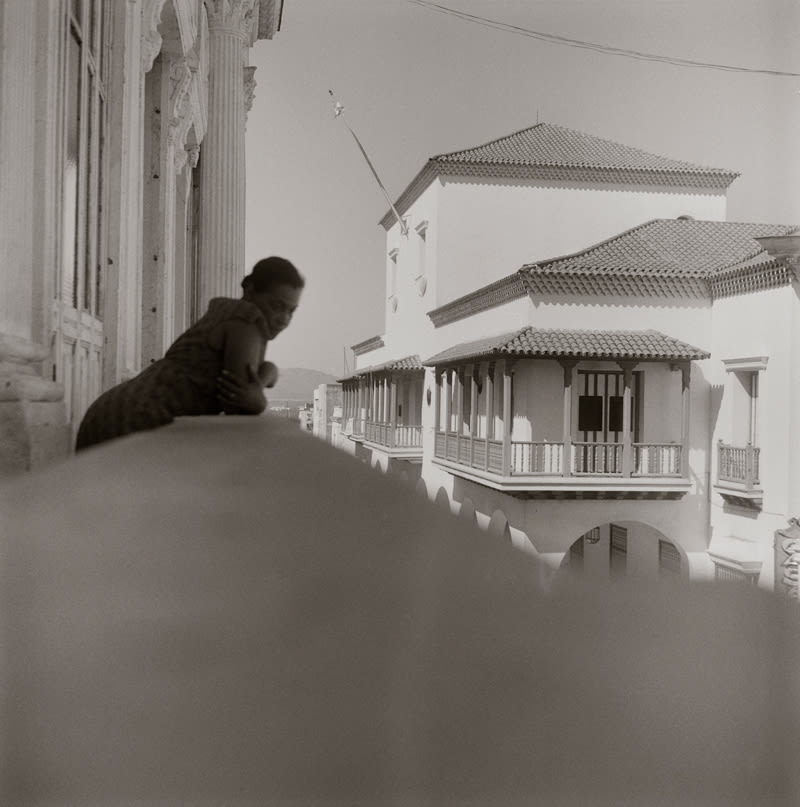
“Listening for the Sounds of Revolution” from “Dreaming in Cuba” (2002)
Having discovered a passion for folklore as a graduate student at UC Berkeley, Weems has created a number of series exploring the cultures, histories, folklore, and experiences of different societies, such as the “Sea Islands Series” (1991-92), about the
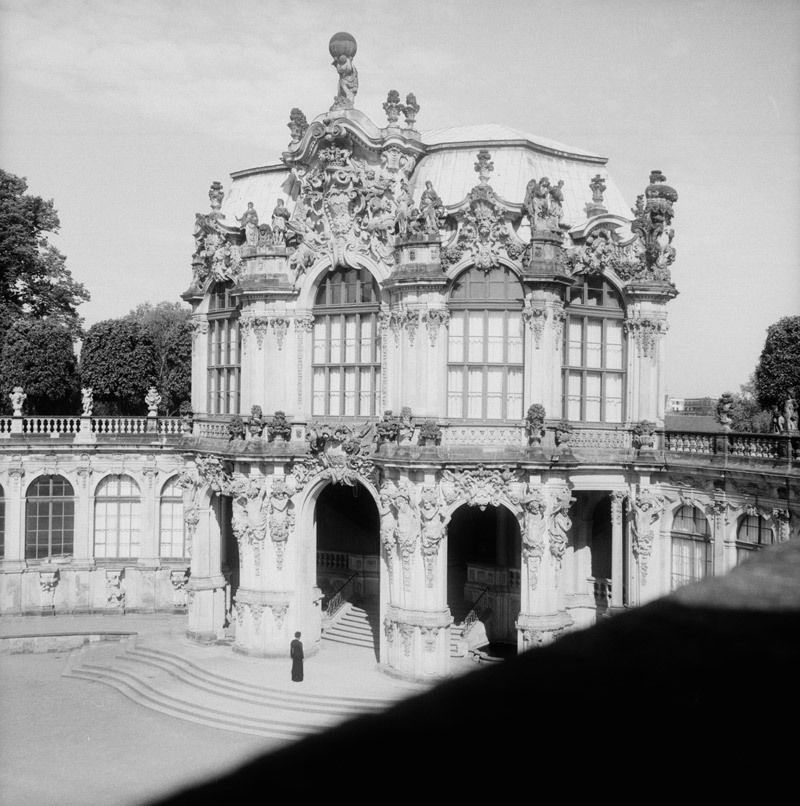
"Zwinger Palace" from “Museum Series” (2007-present)
“The first thing that happens when you [face the camera], particularly as a black woman, is that people think about you as black woman and that becomes the dialogue,” she says in explanation of why she turned her back. “How do you short circuit that so y
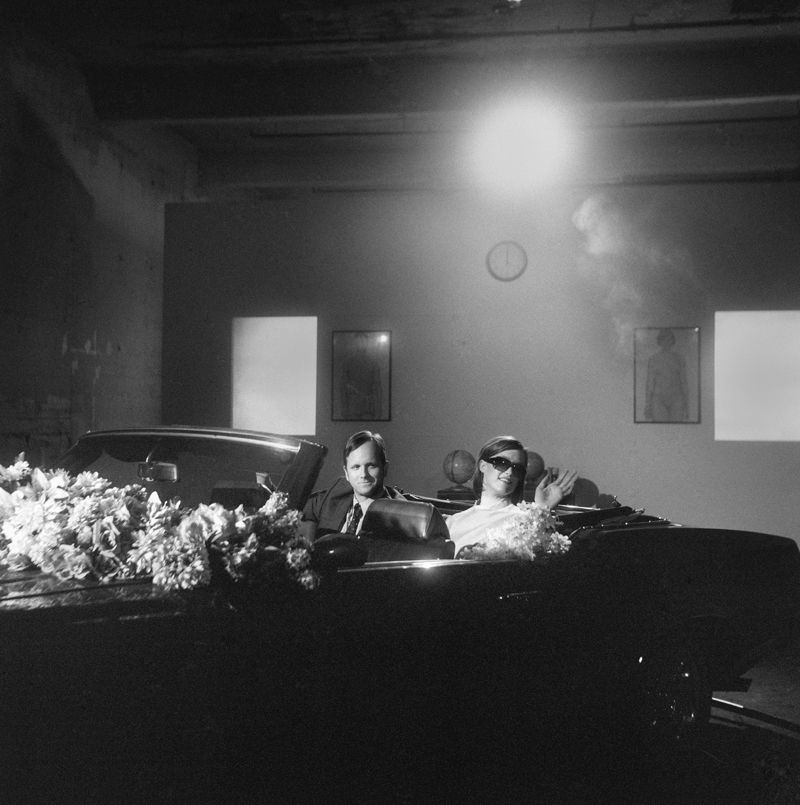
"The First Major Blow" from “Constructing History: A Requiem to Mark the Moment” (2008)
“What happened during that brutal period is what made this moment possible,” says Weems. “Obama could only arrive out of these ashes.”
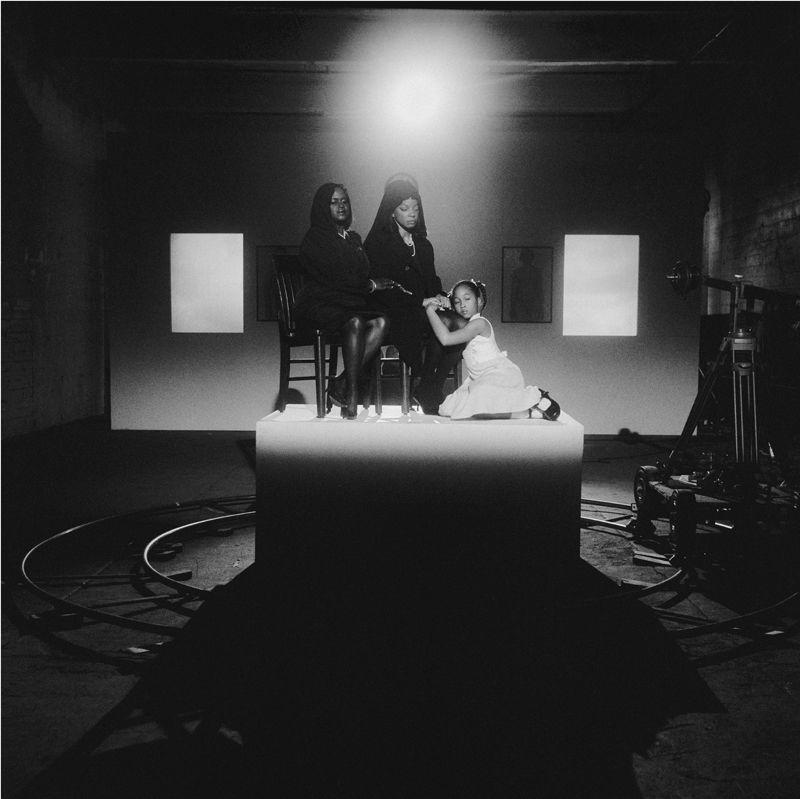
"Mourning" from “Constructing History: A Requiem to Mark the Moment” (2008)
The photos are complimented by videos of the camera circling the still models, with Weems’s powerful voice narrating. By revealing the lights and camera tracks, Weems strips bare the constructed nature of our historical narratives.
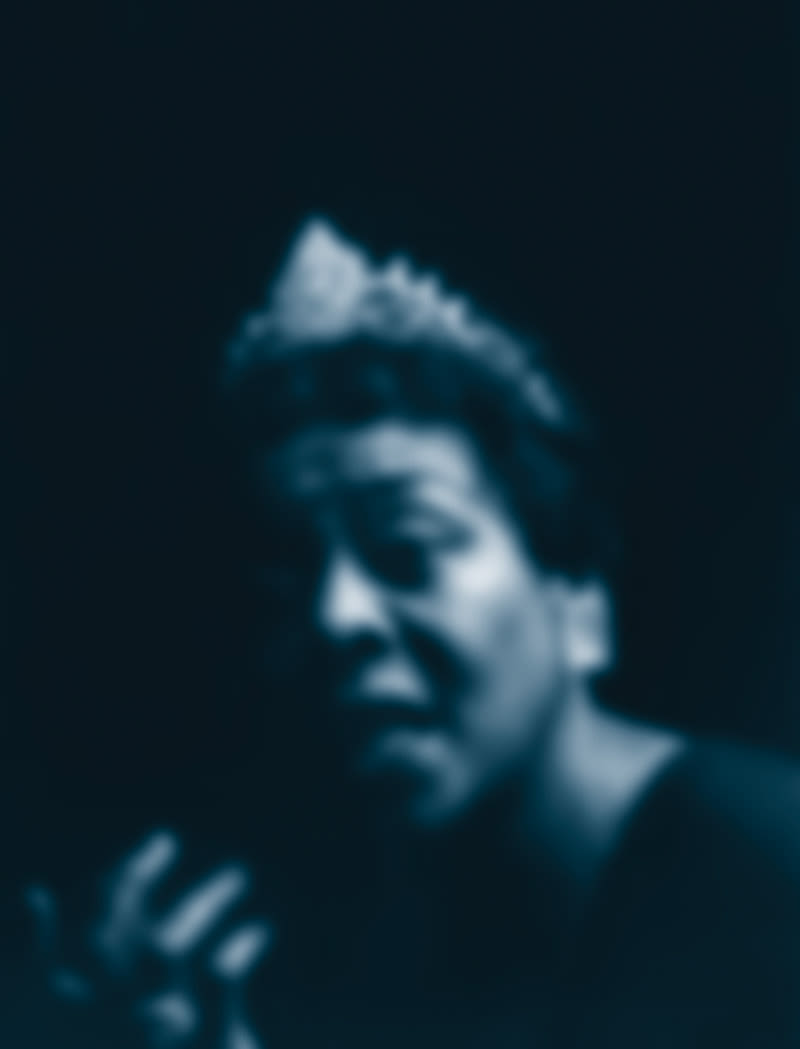
"Dinah Washington" from "Slow Fade to Black" (2010-11)
In "Slow Fade to Black," Weems blurred publicity photos of a number of famous black female performers—historically significant black artists who rarely find space reserved for them in the history books, from Ethel Waters to Eartha Kitt to Dinah Washingto
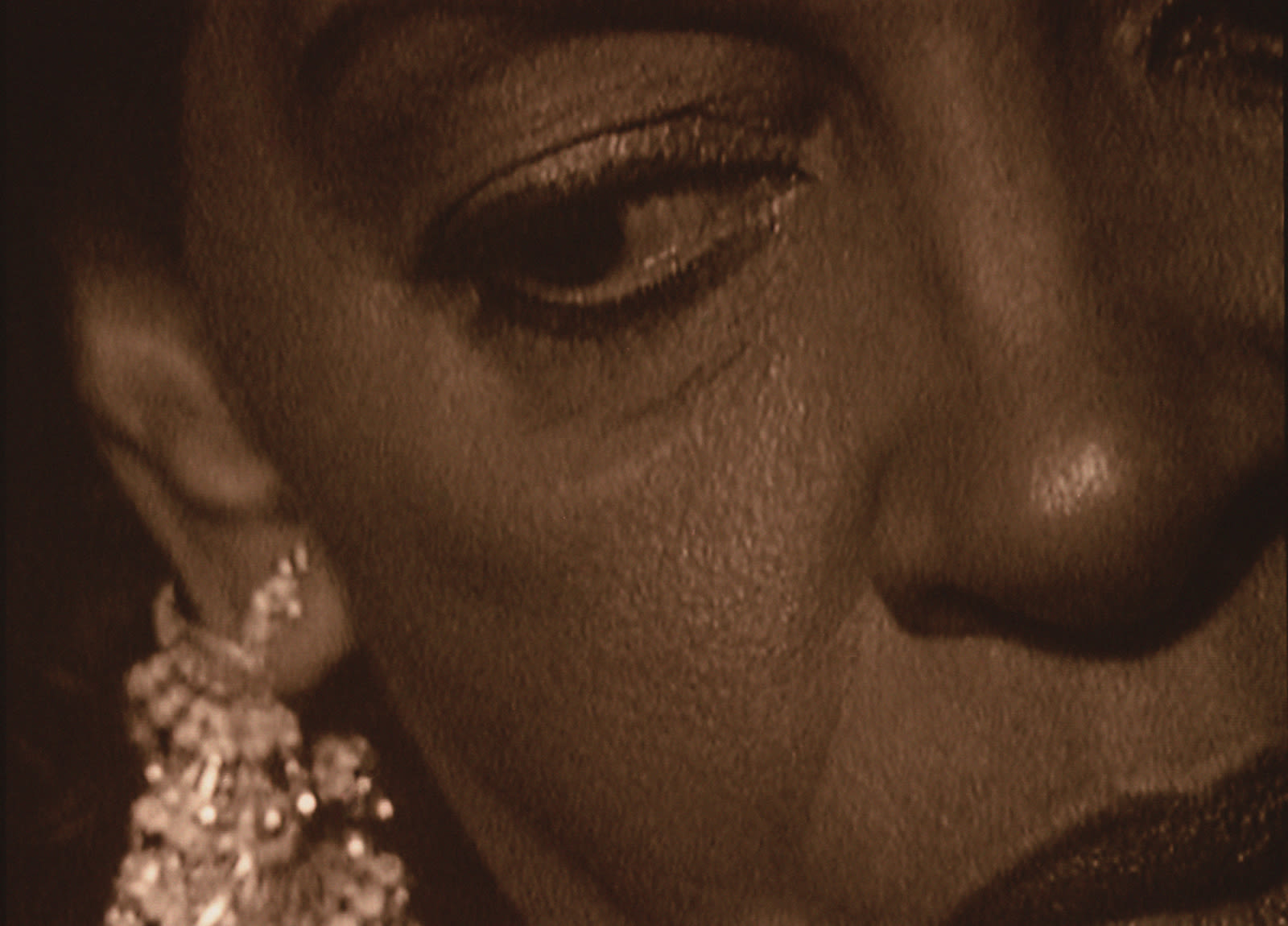
"Coming Up for Air" (2003-4)
"Coming Up for Air," an assemblage of unrelated vignettes examining human relationships, is Weems first major venture into film.
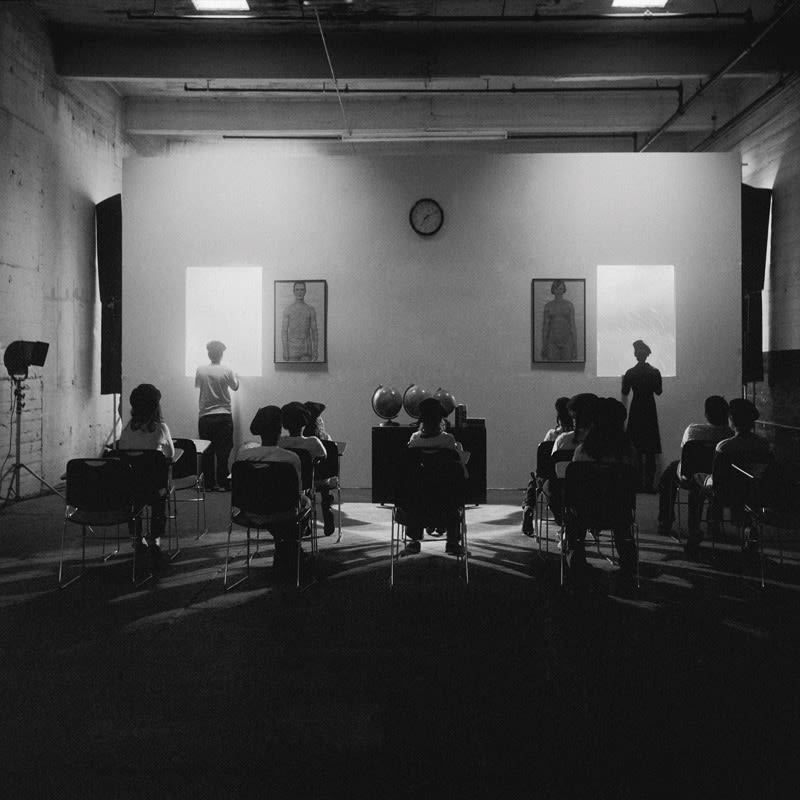
"A Class Ponders the Future" from “Constructing History: A Requiem to Mark the Moment” (2008)
For “Constructing History: A Requiem to Mark the Moment,” Weems recreated significant Civil Rights Era images—John and Jackie Kennedy in their Lincoln Continental, Coretta Scott King mourning her husband’s death, fallen students at Kent State—using colle
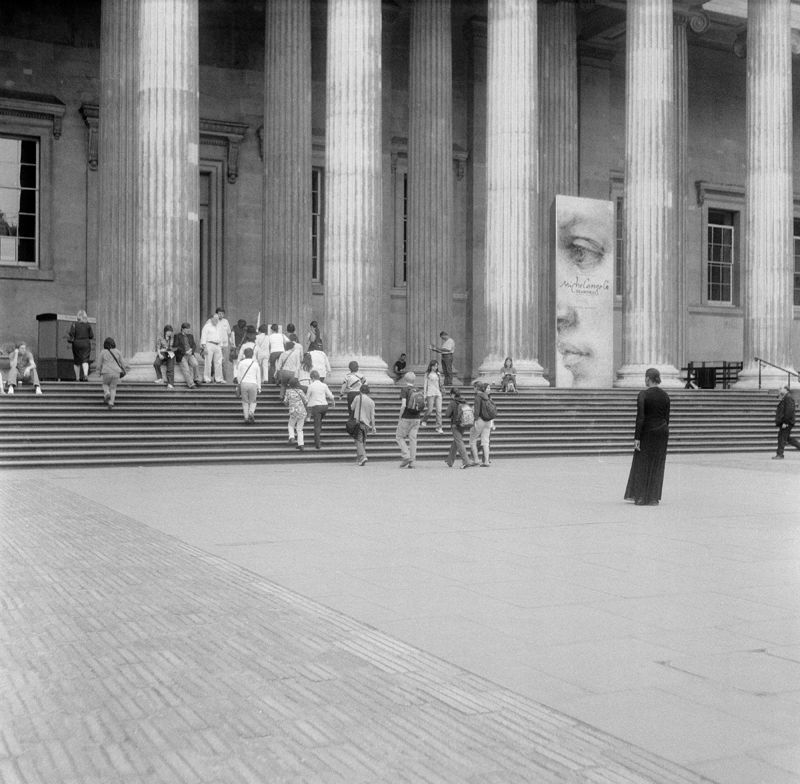
"British Museum" from “Museum Series” (2007-present)
In the last decade, Weems has turned her back to the camera, transitioning to a muse, a guide, and a stand in for the viewer. In the ongoing “Museum Series,” she photographs herself in a long black dress facing strongholds of high art such as the British

"The Edge of Time—Ancient Rome" from “Roaming” (2006)
In “Roaming,” made on a fellowship in Rome in 2006, she faces historic structures of power in general, like a ghost through history, a cipher for the grandiosity of civilization and the fleetingness of individual lives.

Photography by Courtesy Carrie Mae Weems & Portland Art Museum
Artist Carrie Mae Weems Comes Home for a Retrospective

